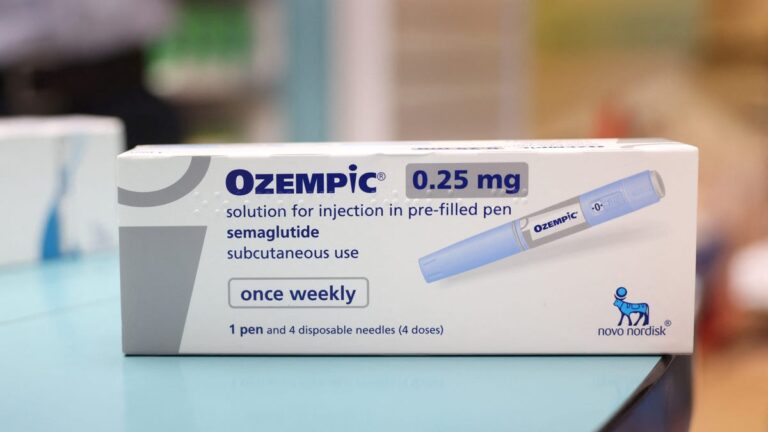
It’s not only Food CEO who need to worry about their results from high-demand weight loss drugs like Ozempic. The big tobacco and alcohol groups also have reason to be concerned.
A new report from Morgan Stanley finds that people using GLP-1 medications – including Ozempic, Wegovy, Mounjaro and Zepbound – reduce their tobacco and alcohol use while taking the drugs. GLP-1s are a class of diabetes and weight loss drugs that have recently caught fire (and exploded sales figures) for their ability to suppress a user’s appetite.
The investment bank also surveyed around 300 GLP-1 users about their drinking habits while taking the drug. The bank’s analysts have already warned that the growing use of GLP-1s would put some long-term pressure on fast food sales, as users reported spending less money at restaurants. But their investigation also reveals that consumers reduce their tobacco and alcohol consumption.
Could weight loss drugs help users smoke or drink less?
While 40% of respondents reported smoking cigarettes at least once a week before starting GLP-1 treatment, which this number dropped to 24% after treatment began. Meanwhile, weekly e-cigarette use dropped from 30% of those surveyed to 16% after they started taking a GLP-1.
Morgan Stanley found similar results when it asked respondents about their alcohol consumption. About 56% to 62% of alcohol users on GLP-1 reported drinking less alcohol since the start of treatment, approximately 14 to 18% of them have completely reduced their alcohol consumption.
The analysts noted that they were “cautious in drawing conclusions” from their investigation into the impact of GLP-1 drugs on addictive behaviors. But anecdotal evidence from patients and healthcare providers suggests that GLP-1s may help users reduce their dependence on alcohol and tobacco. Although research has not yet proven a causal link between the two, clinical tests are at the moment underway to better understand the effects of GLP-1 on alcohol and tobacco consumption.
Additionally, Morgan Stanley predicts that the GLP-1 frenzy won’t slow down anytime soon. The global market for GLP-1 drugs will reach $105 billion by 2030. It also projects that these drugs will be adopted by approximately 31.5 million people in the United States (or about 9% of the country’s population) d by 2035.
This article was originally published on Quartz.


